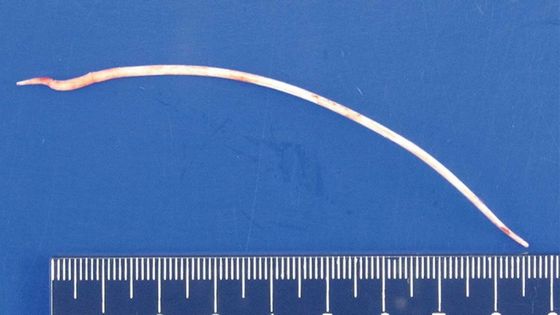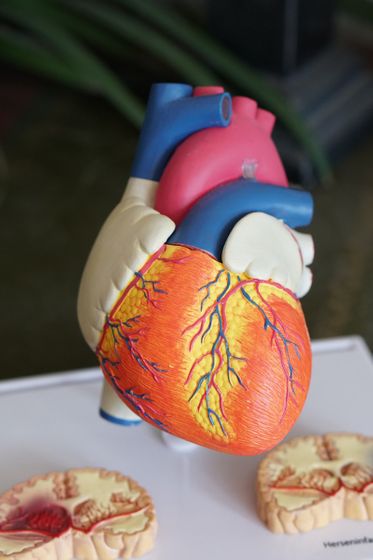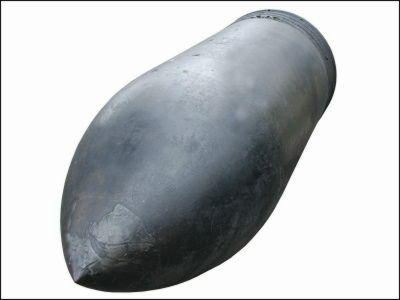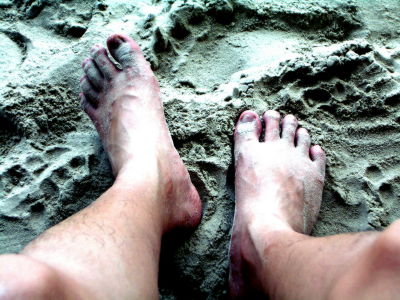What is the reason for the surprise that 'a piece of cement with a length of 10 cm' stuck in the heart of a man without trauma?

A strange case in which a traumatic man who was taken to the emergency room complaining of chest pain and dyspnea found 'a piece of cement about 10 cm long stuck in the heart' was found in the medical journal
Intracardiac Cement Embolism | NEJM
https://www.nejm.org/doi/10.1056/NEJMicm2032931
How did cement end up in a man's heart? | Live Science
https://www.livescience.com/cement-heart-spinal-procedure.html
Doctors find 10cm cement chunk poking its way through man's heart
https://www.9news.com.au/health/concrete-heart-cement-lungs-operation-kyphoplasty-new-england-journal-medicine-doctors-health/b51c267d-58f9-4b8b-a1dd-b7f1d2ae4aef
A team from Yale University School of Medicine reported a case involving a 56-year-old man living in the United States who was taken to the emergency room for two days of chest pain and dyspnea. X-rays and CT scans revealed the man had a 'slender foreign body' stuck in his heart, which was removed by emergency surgery.
What stuck in the man's heart was a 10.1 cm long 'thin, sharp piece of cement.' The image below is a piece of cement that was actually removed from the man's body, and it pierced the right atrium and pierced the lungs.

The man had no trauma such as a piece of cement larger than 10 cm, but had surgery to treat a
The operation called 'percutaneous vertebroplasty ' that a man received to treat a compression fracture is to inject a special cement into the vertebra that was crushed by the compression fracture to reduce it. With conservative therapy such as corsets, strong pain may persist for months to years, but this surgery to reduce the vertebral body is highly effective in relieving pain, and the burden on the patient due to the surgery is small.
It is said that the possibility of complications in costly vertebroplasty is less than 2%, but in rare cases cement leaks out of the bone, and the hardened cement clogs blood vessels or causes embolism. It seems that there are cases where it occurs. Doctors report that in the case of the man, the cement that leaked from the vertebrae into the veins hardened and moved closer to the heart, piercing the lungs from the heart.
Doctors also repaired the wound after removing the cement from the heart. There were no complications during this operation, and the man recovered almost completely in about a month.

Related Posts:
in Science, Posted by log1h_ik







